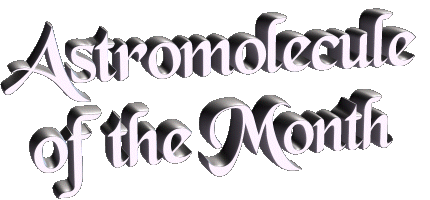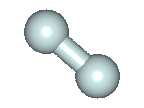Far and away the
most common molecule in the universe, molecular hydrogen (H2) is a difficult compound to observe
directly because it has no dipole moment and thus no dipole-allowed
rotational transitions.
H2 was identified in space for the first in an unusual way, via a spectrograph lifted into the upper
atmosphere aboard an Aerobee-150 rocket, as described by
Carruthers in 1970. The spectrum taken toward the star
ξ Persei exhibited
Lyman ultraviolet bands.
Smith subsequently observed 10 bands of the
Lyman system as well as one band of the
Werner series with another rocket-launched spectrograph
aimed toward δ Scorpii.
|
|

© GK Burnett
|
Later observations with the
Copernicus Satellite reported by
Spitzer et al. confirmed the earlier detection of
H2 and also reported the first detection of HD, deuterated molecular hydrogen.
Launched in 1999, the Far Ultraviolet Spectroscopic Explorer
(FUSE) allowed nearly a decade of
high resolution observations of hydrogen (see, for example,
Snow et al.).
FUSE detected H2 in comet C/2001 A2 (LINEAR)
as reported by Feldman et al. in 2002. The
gas giants are predominately composed of H2:
Jupiter, ~90%,
Saturn, ~96%,
Uranus, ~83%, and
Neptune, ~80%.
|



